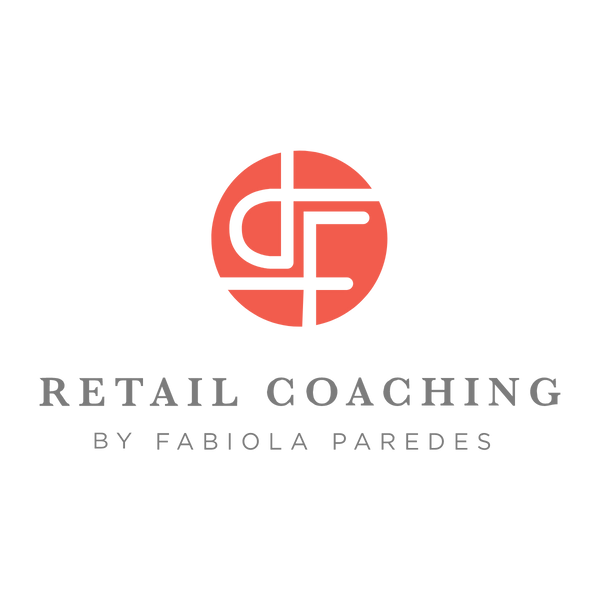Is your brand ready to conquer the major retail chains in Mexico? Packaging is one of the keys to success! In this reel, I share everything you need to know about packaging so your product stands out on the shelves.
First you must know the Packaging guidelines for retail products are crucial for both product presentation and logistics and regulatory compliance, and can vary depending on the product type, target market, and local regulations. However, there are general guidelines and best practices that generally apply in most cases. Here's an overview of the main guidelines:
1. Legal and Regulatory Requirements
- Labeling : Must comply with local labeling regulations, which include information such as ingredients, directions for use, safety warnings, expiration dates, and manufacturer's information. In Mexico, regulations are dictated by the Mexican Official Standard (NOM) and the General Health Law .
- Environmental Regulations : Packaging must comply with recycling and sustainability regulations. For example, in Mexico, the Solid Waste Law establishes requirements for packaging reduction and recycling promotion.
2. Packaging Functionality
- Product Protection : Packaging must protect the product from damage during transport and storage. It must be resistant to factors such as moisture, light, and impact.
- Ease of Handling : Packaging should be easy to handle and store for both the retailer and the consumer. It should be compatible with the retailer's storage and display systems.
- Ease of Opening : It should be easy for consumers to open without damaging the product. This is especially important for frequently used products and food.
3. Presentation and Design
- Visual Appeal : Packaging should be visually appealing and aligned with the product's brand. An attractive design can influence a consumer's purchasing decision.
- Clear Information : The information on the packaging must be clear and legible. It includes the product name, key features, instructions, and other important details.
- Size and Format : It must be designed according to the size and format of the product, optimizing shelf space and facilitating display at points of sale.
4. Logistics Efficiency
- Space Optimization : Packaging should be space-efficient for easy storage and transportation. Products should be packaged to maximize the use of space in containers and on shelves.
- Barcodes and Labels : Packaging must include barcodes and labels with the information necessary for inventory management and the sales process.
- Durability : It must be durable to withstand the conditions of transport and storage, avoiding breakage or deformation.
5. Sustainability
- Recyclable Materials : Use recyclable or biodegradable materials whenever possible. Many companies are adopting sustainable packaging practices to reduce their environmental impact.
- Material Reduction : Minimize the use of unnecessary materials and reduce packaging size without compromising product protection.
6. Compliance with Quality Standards
- International Standards : Follow international quality and safety standards, such as the International Organization for Standardization (ISO) standards for packaging.
- Certifications : Obtain quality and sustainability certifications that may be relevant to the market, such as FSC (Forest Stewardship Council) for paper and cardboard.
Specific Examples
- Food and Beverages : They must comply with food safety regulations, such as those established by NOM-251-SSA1-2009 in Mexico, and ensure that the packaging maintains the freshness and safety of the product.
- Cosmetic Products : They must comply with specific regulations on ingredients and warnings for use, such as those dictated by NOM-141-SSA1-1995 .
- Electronics : Require packaging that protects the product from electrostatic and physical damage, as well as clear manuals and instructions.
Conclusion
Retail packaging not only plays a crucial role in product protection and presentation, but also in logistics and regulatory compliance. Following these guidelines helps ensure that products reach the consumer in optimal condition, while meeting regulations and market expectations.
Also remember that well-designed packaging can be the difference between success and failure in retail. Invest in quality packaging and conquer Mexico's major chains!

